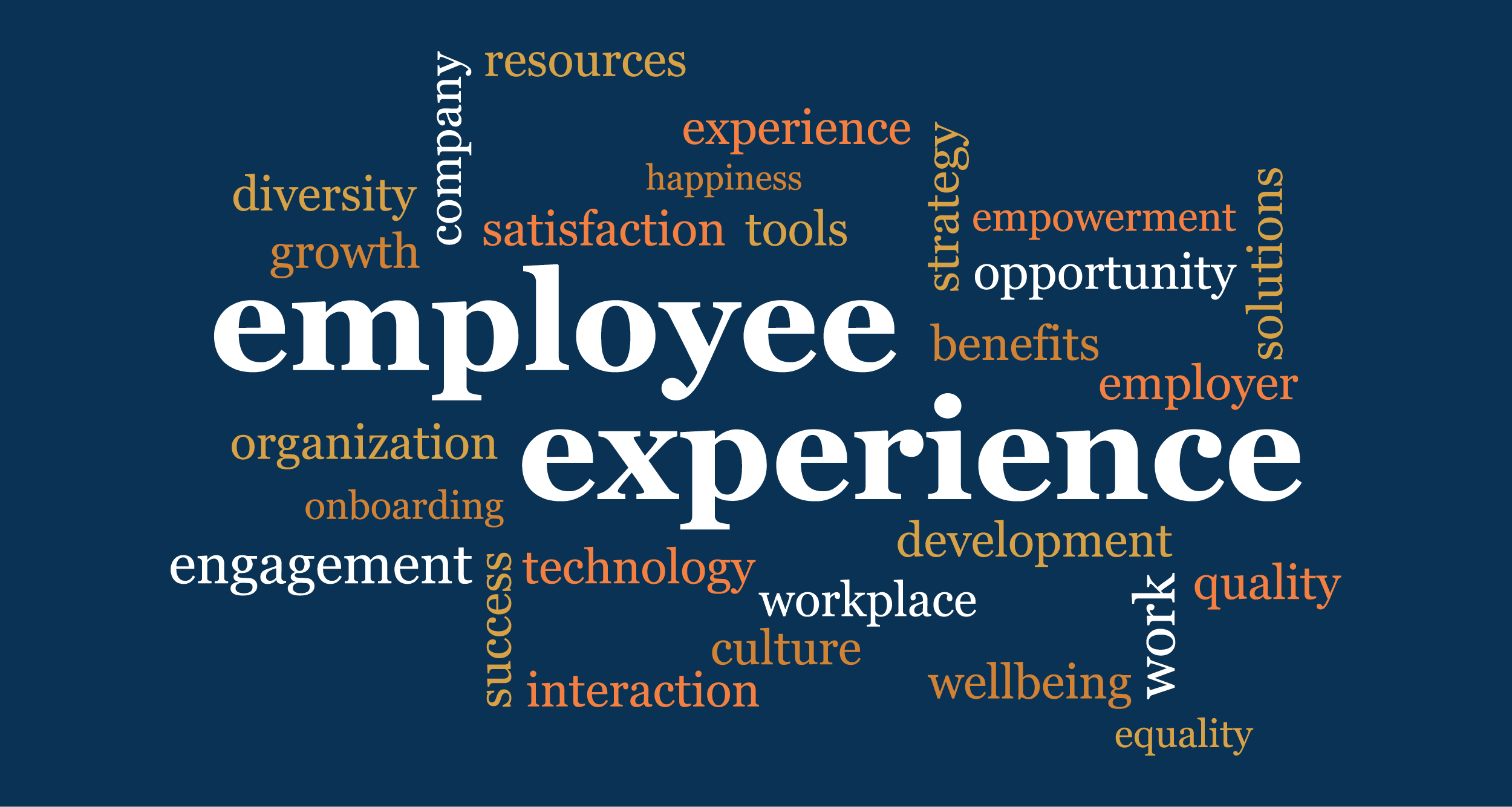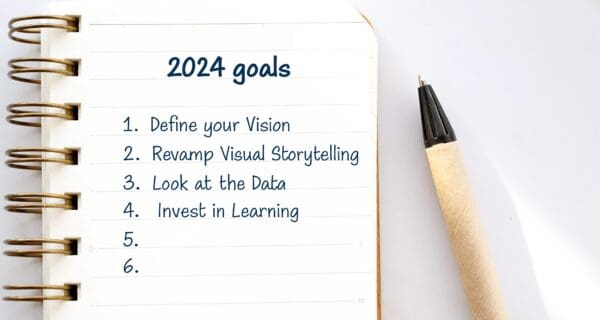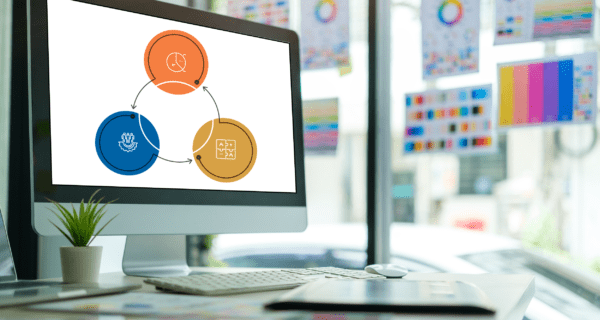An important trend in internal communications is the Employee Experience. You may have heard this buzzword tossed around quite often this past year, and you may be wondering what it means.
The Employee Experience or EX is a term that encompasses the entire employment journey and how an employee feels about the various touchpoints an employer provides, including onboarding, learning and development opportunities, relationships with co-workers and managers, available resources and technology, physical workspace and culture of the company.
Your employees’ journey has never been more important.
A large focus of internal communications revolves around employee engagement, and the more positive the Employee Experience is, the more engaged employees are in their work. As we’ve mentioned in other posts, engaged employees are more productive, and a positive Employee Experience leads to higher job satisfaction and improved retention rates, which can result in employers being more competitive within the job market and attracting higher quality candidates.
There is a difference between the Employee Experience and employee engagement. While engagement speaks to how committed an employee is to their work, Employee Experience is more holistic and covers everything an employee thinks and feels. Employee engagement is a result of the Employee Experience.
According to the U.S. Bureau of Labor Statistics, a new record was set in November of 2022 when more than 4.5 million people voluntarily left their jobs. It’s becoming more and more critical for employers to improve their Employee Experience for retention.
How can you make improvements?
BetterUp Labs performed a study on more than 10,000 of its members and found that the three key pillars of creating a positive Employee Experience are inclusive leadership, well-being and support for hybrid workers. The study also found that company culture, compensation and benefits, trust, collaboration, open communication, creating a psychologically safe workplace, development opportunities, developing a sense of belonging and creating a sense of connection to company purpose are all important aspects to a good Employee Experience.
Just like marketers map out the customer journey to enhance all consumer touchpoints, an employee journey framework can be developed to focus on the major touchpoints of the employee lifecycle from the recruitment and interview process, onboarding, work environment and culture, talent development and employee events. Mapping out the employee journey and the stages of the employee lifecycle can help uncover any Employee Experience pain points, starting with recruitment and moving through onboarding, development, retention and offboarding.
In addition to mapping out the employee journey, internal communicators can use the following tactics to improve the Employee Experience:
Surveys and pulse tools
Surveys and pulse tools are a great way to gain feedback from employees on the pain points they experience. The data collected from both can help inform solutions and provide awareness to challenges and opportunities that an employer may not have considered.
Focus groups and interviews
Focus groups and interviews are another tool that can be utilized to gain important feedback from employees. While this removes anonymity that some employees prefer, these sessions offer a face-to-face interaction that can feel more personalized to the group or individual.
Technology interface and communication tools
Technology interface and communication tools should be considered when strategizing the Employee Experience. What technologies are easy to use and accessible for employees and what communication tools do they prefer? Focusing on employee needs can positively affect communication and the overall experience an employee has on a day-to-day basis.
Prioritizing the Employee Experience will help create competitive advantage and improve business performance and outcomes. Focusing on touchpoints and what employees need and want will improve retention and company culture, ultimately leading to attracting better talent and creating a more engaged workforce.
Contact us for more information on the Employee Experience and how bmgstrategies can help support your internal communications.











